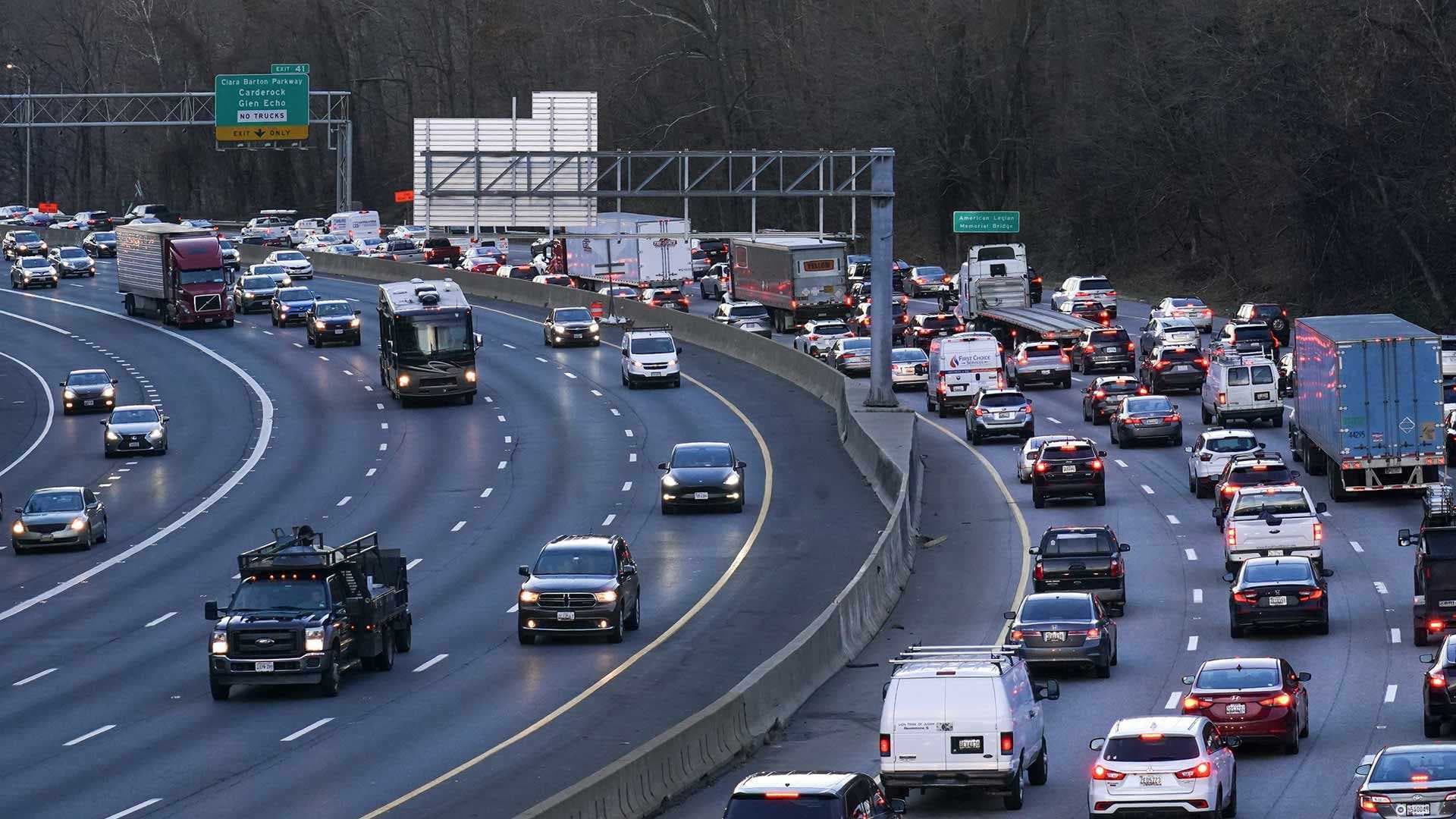While most Marylanders continue to work remotely post-pandemic, those who brave the daily commute are overwhelmingly behind the wheel—even when the office is less than a mile away—according to a new University of Maryland survey.
Conducted by UMD’s National Center for Smart Growth for the Maryland Department of Transportation (MDOT), the 2022 Maryland Commuter Survey offers the first statewide snapshot of work and commuting patterns since the onset of COVID: Nearly two-thirds of the state’s workforce works remotely or hybrid, with 90% forgoing transit, biking or walking for automobiles.
Using a statewide sample of 651 adult workers surveyed in spring and summer of 2022, the research team measured factors ranging from demographics and commute length to preferred transportation modes and commuter priorities. Its findings indicate a strikingly diverse makeup of remote and hybrid workers; fully remote workers, the researchers found, are more likely to be women or people of color who reside in urban or suburban locations, while hybrid workers (35% of Maryland workers) are predominately white, highly educated “seasoned” professionals or parents. The type of remote work also runs the gamut, from white-collar professions to the gig economy.
“It’s a complex landscape that encompasses a lot of people,” said Chester Harvey, director of the center’s Transportation Policy Research Group and one of the authors of the survey report. “There are lots of jobs that can be done remotely that don’t necessarily make a median wage, which in Maryland is about $48,000 a year.”
Remote and hybrid employment have made a significant dent in the state’s total vehicle miles traveled, says Harvey, with a small caveat: Although hybrid workers go into the office less often, they tend to live farther from their jobs, meaning they still spend more time on the road, compared to in-person workers, who have statistically shorter commutes. Still, the researchers estimate that statewide vehicle miles traveled might rise 19% if everyone returned to in-person work five days a week.
And while remote work reduces congestion levels and is better for the environment, it poses a substantial threat to transit and toll revenues.
“Transit took the biggest hit from COVID, particularly in Washington, when so many federal agencies haven’t mandated that folks come back to the office until very recently,” said Harvey. “Of course, we expected to see low numbers coming out of the pandemic, and we’ll be eager to see where that goes over the next couple of years.”
Most Maryland workers have access to transit, but the survey findings estimate that it can take on average five times longer to commute using bus or train. One bright spot, said Harvey, was that survey respondents were eager for alternative modes of travel. Investments like the light-rail Purple Line (with five stops on or near the UMD campus) and multimodal infrastructure, such as sidewalks and bike lanes, are poised to support the overwhelming number of workers traveling within or between suburbs and for the 35% of commuters who live within five miles of their work.
“It’s a real challenge, but the good news is the infrastructure is in place,” said Harvey. “Planning efforts should focus on making transit more efficient and a more comfortable and inviting space.”
The National Center for Smart Growth has a history of collaborating with MDOT to address complex relationships between transportation, land use and economic development, including Maryland’s first Statewide Transportation Model. The goal of the survey, said Heather Murphy, MDOT’s director of planning and capital program, is to learn more about changing commuting patterns and trends since the pandemic.
“It is important to learn more about how people commute with the growing and long-term trend toward full- and part-time teleworking for a diverse community of professional workers,” she said.
The survey will be administered annually to help MDOT identify trends in commuting and help the agency evaluate opportunities for investment. Harvey said this baseline survey indicates what could be a “new normal” for the state’s travel behavior.
“It reinforces that while commuting will continue to be a really important component of travel demand, it’s going to be less important that it was pre-pandemic,” he said. “The majority of Maryland workers are working remotely, and that doesn’t seem to be going away anytime soon.”

